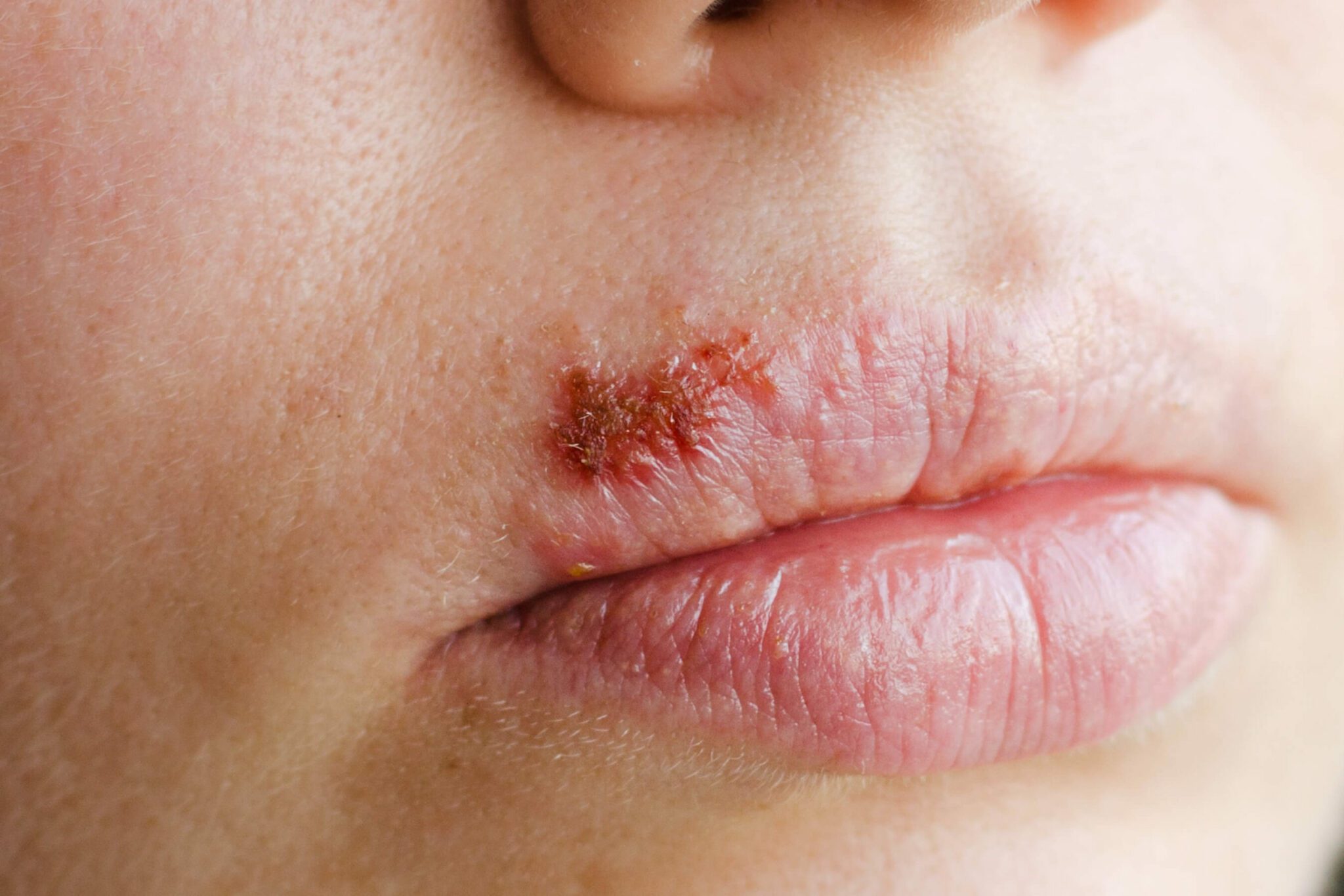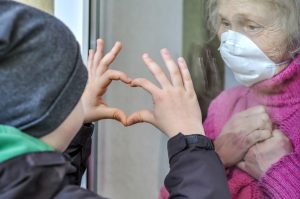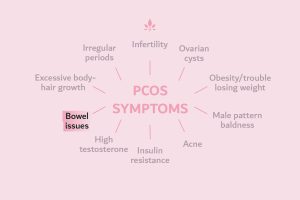What are Cold Sores? Know the Signs

Cold sores are small, painful blisters that appear in or around the mouth and lips. They are caused by the herpes simplex virus Type 1. These blisters (also called “fever blisters”) can also appear on or inside the nose or anywhere on the body.
Herpes simplex virus infections are very common. The virus is easily spread through close contact or kissing someone who is infected. Not everyone who has the virus has cold sores, but the virus will remain in the body throughout life.
In kids, symptoms most often appear between 1 and 5 years old. Fortunately, the virus is often dormant and sometimes stays that way permanently.
What causes the virus to activate and cause cold sores is not known. Stress, sickness, weather, hormonal changes, pain, diet, or medication can all act as triggers.
Symptoms usually appear between 1-3 weeks after kids contract the virus and can last up to three weeks. Typically, symptoms include burning, itching, or tingling near the lips or mouth area. Before blisters occur, children may experience:
- Fever
- Sore throat or painful swallowing
- Swollen glands
A blister or outbreak of blisters may be red and very painful. Small blisters may be filled with a clear, yellowish fluid that will usually break open and leak. Several blisters may combine into a single large blister. Although there are no specific treatments for cold sores, you can make your child more comfortable by giving him or her an over-the-counter pain reliever, such as children’s acetaminophen or ibuprofen.
An ice pack or cool towel applied to the affected area can also bring some relief.
After a blister breaks open, it heals into a yellow, crusty area. Eventually, as the blister heals, the area will become pink skin. They usually go away by themselves about 7-10 days after forming. However, contact your child’s doctor if your child has a weakened immune system. In addition, it’s wise to call your pediatrician if:
- Cold sores do not heal on their own within 10 days
- They appear often
- Your child shows signs of a bacterial infection, such as spreading redness
Sources:
- National Institutes of Health
- Oral Herpes.
National Institute of Dental and Craniofacial Research - Fever Blisters & Canker Sores.
Powered by Bundoo®










